Andrew Venables explains how to choose one rifle to suit all our hunting needs, and the varying quarry we pursue - one rifle CAN do it all
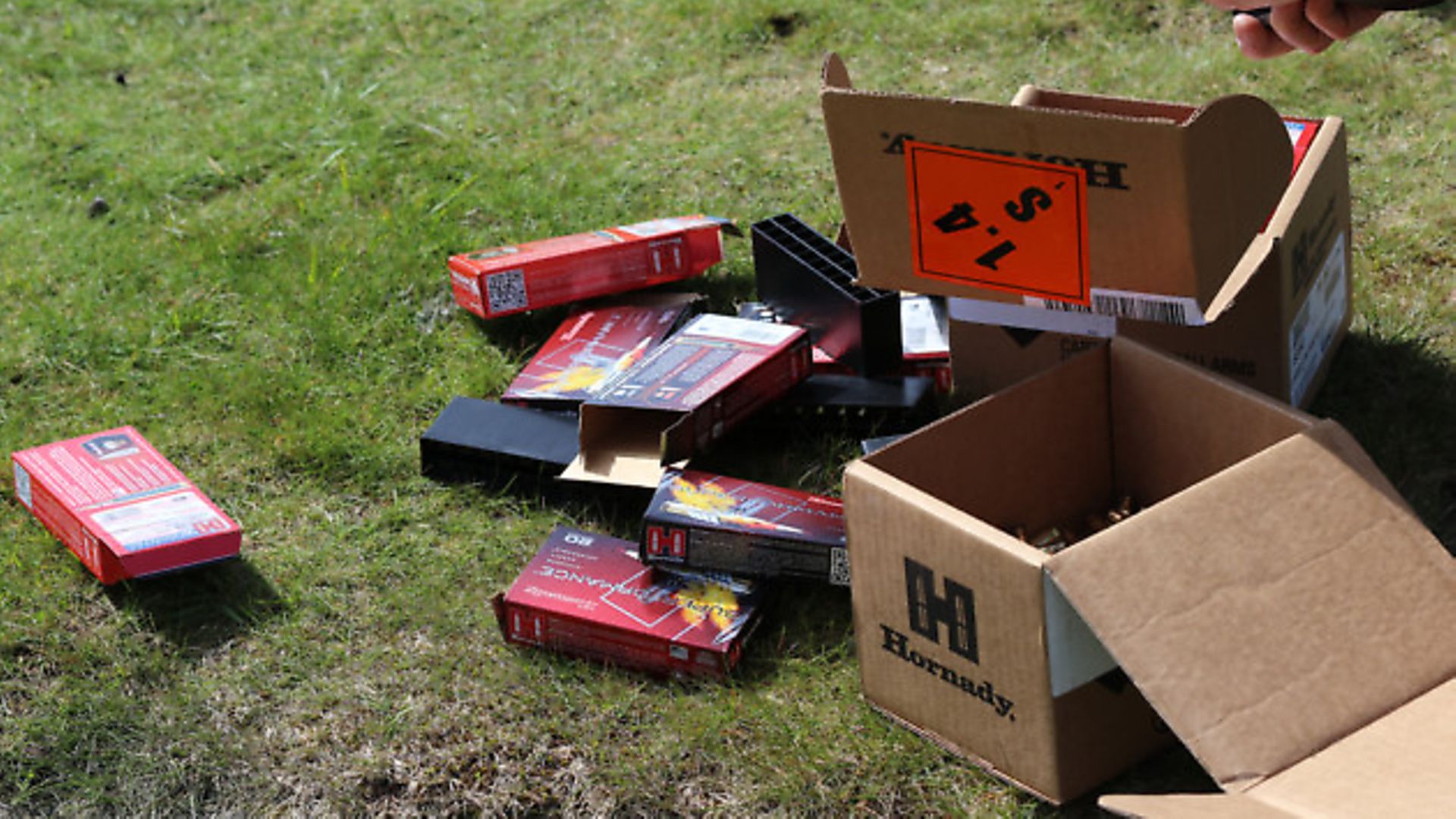 credit: Archant
credit: Archant
You might want to pop a rabbit for the pot; there’s the fox that causes problems locally; then there are deer, varying from muntjac to red, with Chinese water deer, roe, fallow and sika also available in the UK; occasionally you have the opportunity to go driven boar shooting; then there’s that moose hunt you promised yourself, and that ibex hunt in Mongolia; and in a few years, when you have the time and money, you plan to do some African hunting, with antelope, wildebeest, zebra and eland on the dream hunt list… The question is: do you really need four different calibre rifles to do all of this?
Body weight-wise, the list goes from 1.5kg if you shoot the rabbit – preferably in the head – to 1,000kg if you go for the eland. The wildebeest and moose are also at the top end, between 250kg and 700kg. Deer weigh between 15kg, for a good muntjac, and perhaps 200kg for a Thetford Forest red stag. Interestingly, if you want to do a good, clean job of harvesting a muntjac and a red stag, the same heavy-for-calibre bullet will do the best job, for example a 140gr in a 6.5mm, or 165-180gr in a .30 calibre.
Beyond body weight and what a well-placed, properly constructed bullet can do, you need to consider how far you might need to shoot range-wise. If you can hunt well, or are accompanied by a guide who can, and you follow instructions, you should get to between 50 and 200m of all of the above; but what about the chamois you would love to hunt in Austria? Mountain hunts often require shots across valleys at perhaps 200-300m. Our one rifle would need to be able to make such a shot, possess decent ballistic attributes, and also handle days at the range with friends, shooting at longer distances.
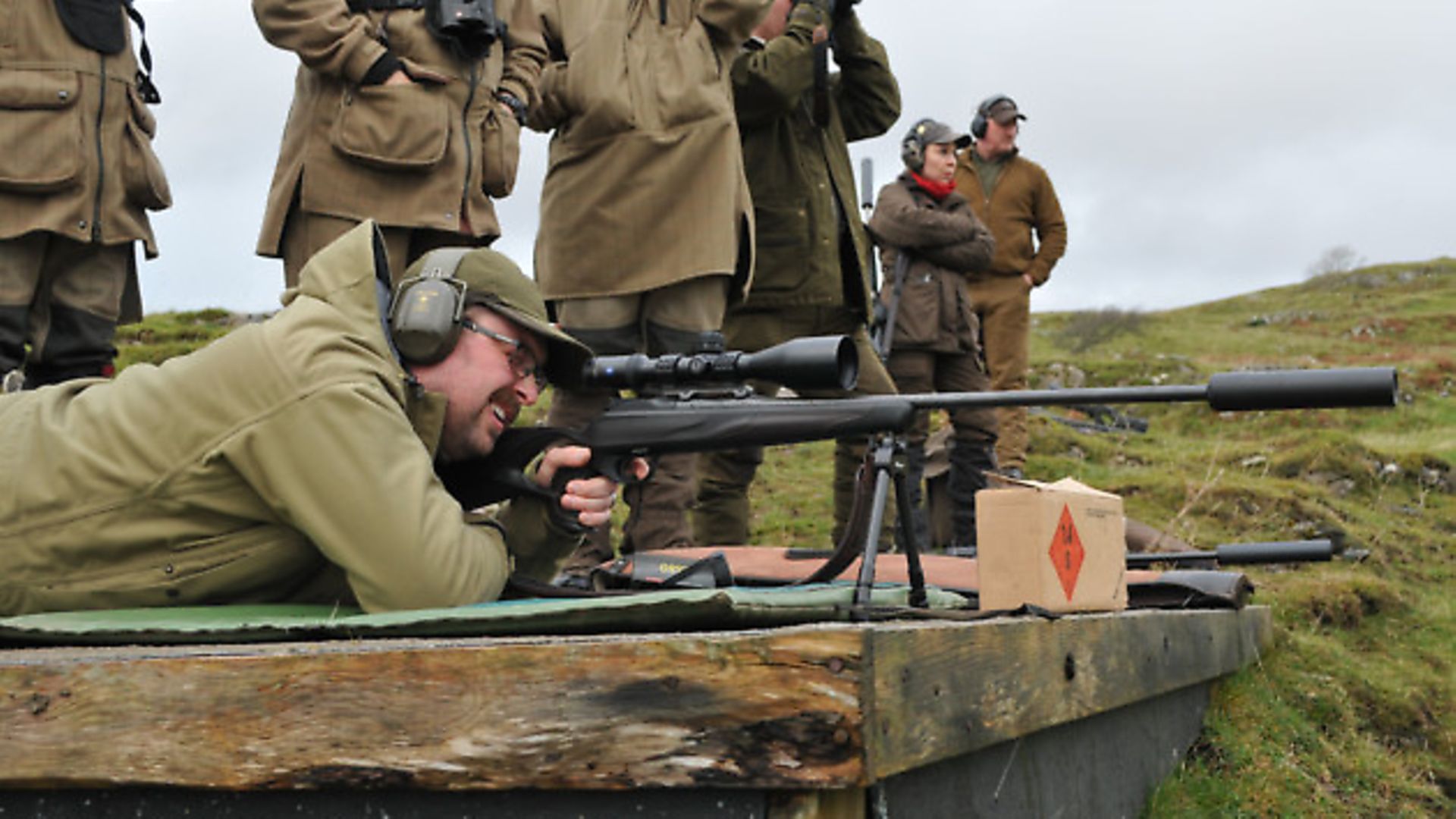 credit: Archant
credit: Archant
If a rifle is to be taken to the mountains, it must shoot well at longer ranges, but also be light enough to be portable, well balanced and fast in the hand in order to be ready for the driven boar trip. Moving targets require speed of movement, balance, good fit and the qualities of a handy rifle, not a heavy target rifle. Can you have the best of both worlds? Shooting at longer ranges requires ballistic knowledge, practice, the right telescopic sight, and a good calibre for the job.
Calibres favoured by target shooters obviously tick the box, especially when they are also blessed with a variety of hunting bullet options combining good ballistic coefficient, sectional density, and terminal performance. Hornady InterLock, SST and GMX, Nosler Ballistic Tip, Sierra Game King, Barnes TSX, Federal Trophy Bonded, Swift Scirocco and Sako Arrowhead are all great examples of hunting bullets that combine all these features.
The availability and choice of ammunition is also a pertinent subject to research in consideration of our one rifle. Recent years have seen the genesis of new cartridges such as the .260 Remington, the .30 Blaser Magnum and the .280 Nosler. All are brilliant, but where can you get the ammunition? If you turn up in Mongolia with your rifle but no ammunition, will you find an odd box in the hunting camp? No, but they will likely have some .270 and .308 Winchester, 30.06, .300 WM and perhaps some 7mm RM. If you want to hand load, the world is your oyster, but don’t run out away from home. Common calibres are common for a reason; they are available and they work.
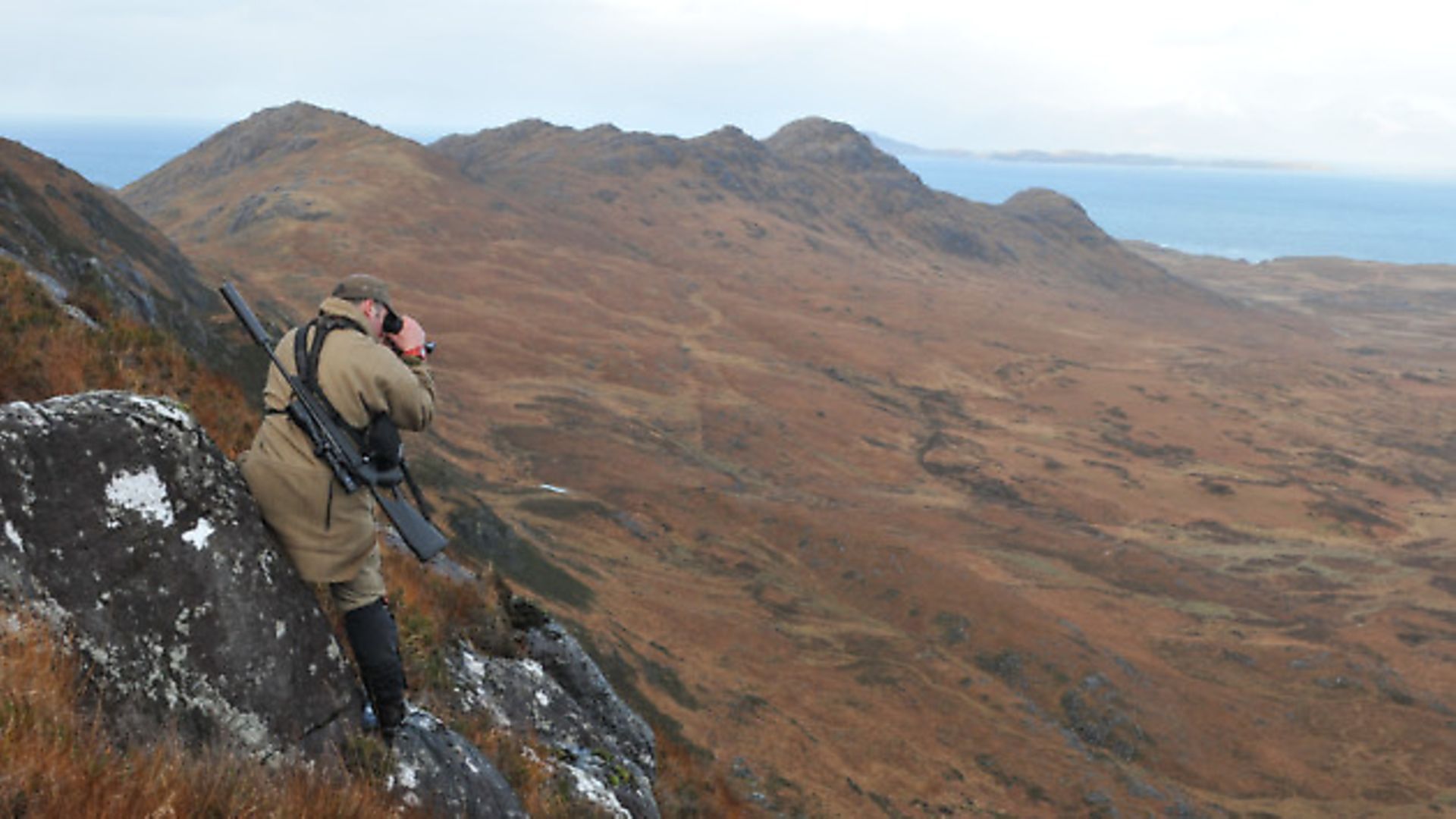 credit: Archant
credit: Archant
A rifle using a commonly available cartridge is a good starting point, especially if the calibre has a military and a target shooting background. Rifles in 6.5x55, 7x57, .308, 30.06, .300 WM and .338 LM would fit; the 6.5 is a little light at about 2,000ft/lbs of energy, and the .338 LM somewhat heavy in all departments at around 4,500ft/lbs. Our ideal calibre needs 2,500-3,000ft/lbs, and well-constructed bullets to humanely kill animals from 15kg to 400kg, with the odd heavier game animal requiring precise bullet placement and good hunting skills. If you want to practise lots and keep ammunition costs down, the availability of .308 W and 7.62x51 ammunition makes a good case for this cartridge choice.
The .308 cartridge has been used to hunt all the species mentioned and more; besides, the ammunition is universally available, the calibre and case design perform well in barrel lengths from 18-26”, recoil is modest, the round inherently accurate, and most rifle makers manufacture them. ‘Oh God, but that is so boring and old-fashioned,’ I hear you cry. Indeed, but like the 6.5x55 and the .375 Holland & Holland, there is a good reason this younger cartridge is so very common – it just works. There are hotter, flatter, more powerful cartridges, but you pay in recoil. There are newer calibres, 7mm-08 or .270 WSM, but try finding these in a one-horse town in Romania!
Subjectively, .308 is my calibre of choice, now what shall we shoot it from? CZ Brno, Howa, Remington, Mauser, Browning, Winchester, Tikka, Sako, Blaser, Merkel, Savage… the .308 rifle list goes on and on. If it’s to be just one rifle, I need a barrel between 20 and 22”, threaded for the moderator I will always use when allowed. The barrel should be hunting, not varmint or target weight, as I don’t want the rifle to weigh more than 9lbs (or 4kg) once scoped and loaded. I like a five-round magazine, and I prefer a detachable design with a few spares. I want a free-floated, modern design with a quality synthetic stock – I like wood, but if it is to be one rifle, I choose durability and stability over looks and polish.
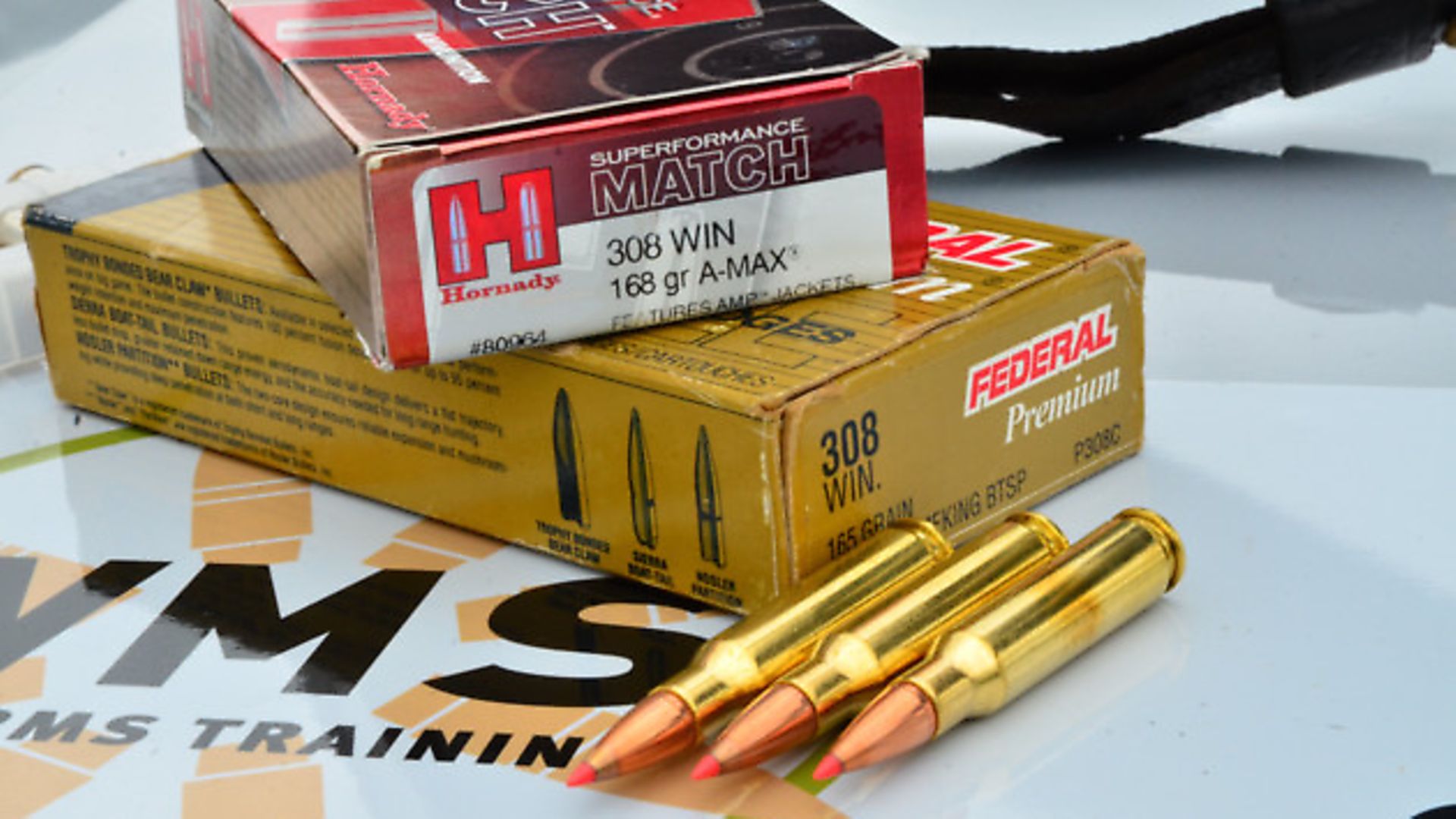 credit: Archant
credit: Archant
If I am to have one rifle and I want to introduce others to shooting and hunting, the design must be classical and simple. An improved traditional bolt-action design ticks all my boxes: hunting friendly; range useful; portable; reliable; tough; accurate; and in .308. Hmmm… where’s that .308 Mauser M12 Impact I used for the 1,000m shoot video? That ticks all my boxes! It loves 165gr ammunition, which means I have Federal Trophy Bonded, Hornady SST and GMX for the hunting, and lots of 168gr match ammo, which will pretty much shoot to the same point of aim. Practice is covered by the plethora of 147-175gr military FMJ available at about 50p a pop.
Additions will be a quality scope in the 2.5-15x50 bracket, and will be either a Zeiss, Swarovski, Schmidt & Bender, Minox ZP, ZX, or perhaps a Nightforce. The moderator will be of sealed design and likely a Barton Gunworks or Ase Utra SL5. The sling will be a two-point 1907 military design to aid positional shooting.
You might choose a .270, a 30.06, a 6.5x55 or a .300 WM for that one rifle that is capable of hunting nearly all the game species anywhere in the world, and that is at home on the range, in the mountains, deserts, forests or the frozen north. Whatever is right for you. It’s your rifle, so do consider all of the above requisites and others you may wish to add. Whatever you decide on, be safe, practise lots and have fun. Good hunting!
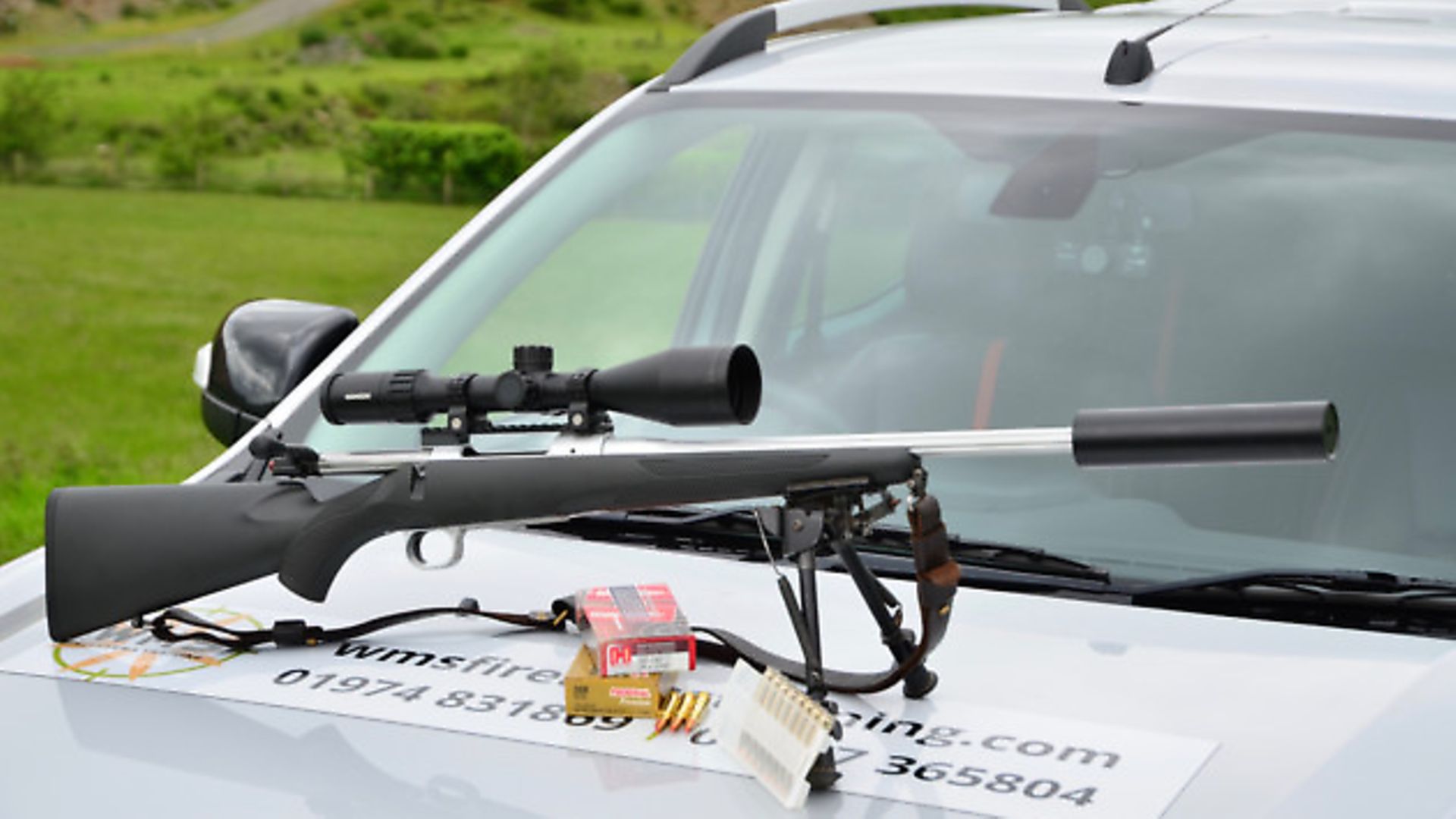 credit: Archant
credit: Archant